Lion Salt Works
Learn about the history of mining and making salt at this Cheshire museum.
West Cheshire contains a layer of underground salt deposits that have been mined for centuries by the area’s inhabitants. Celtic and Roman people used brine pits and wells to extract groundwater that had dissolved salt within these deposits and then evaporated the water to make salt. In the 1700s, wind and steam power were used to pump brine from underground.
In the next century, salt was extracted directly from underground mines for a while, but when those mines became unprofitable, water was pumped through them to extract the remaining salt. This led to the creation of massive underground chasms, which frequently collapsed at the end of the 1800s. The subsidence on the surface left huge holes that could swallow entire buildings.
The Lion Salt Works were originally established in 1894 by Henry Ingram Thompson in an area outside the town of Northwich. The salt works extracted brine from underground and then boiled the brine in open pans to produce salt that could be sold commercially. This was a standard technique used for making salt in the Cheshire area. However, the company became less profitable in the second half of the 1900s and it shut down in 1986.
After this, the Lion Salt Works sat empty for almost three decades. However, starting in 2012, campaigners in Cheshire worked to restore the facility, and by 2015, the restored facility was opened to the public. The Lion Salt Works now functions as one of the United Kingdom’s most unique industrial museums, teaching about Cheshire’s salt-making heritage to new generations.
Know Before You Go
The Lion Salt Works is open Tuesday through Sunday from 10:30 a.m. to 5 p.m. with last admission at 4 p.m. Note that the museum is fully accessible and is family-friendly. The site is located about 1.6 km (1 mile) northeast of Northwich in the small village of Marston.
Parking is available at the site. Bus services do not frequently travel to the area frequently and do not stop nearby, but it is possible to walk to the site from Northwich’s train station within a half hour.

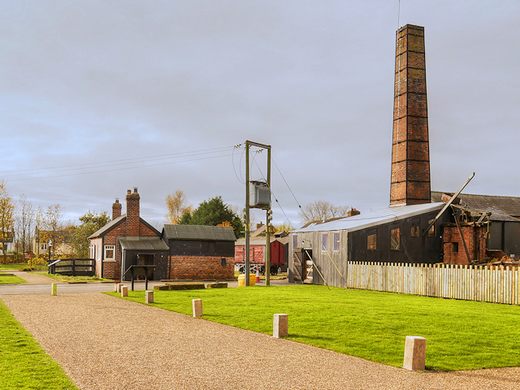
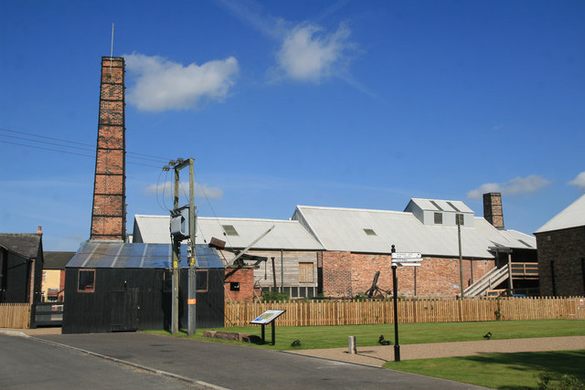
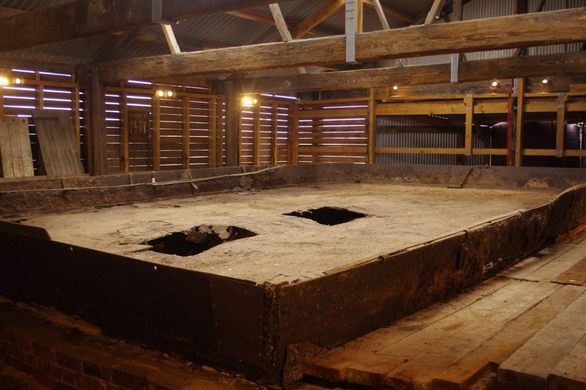
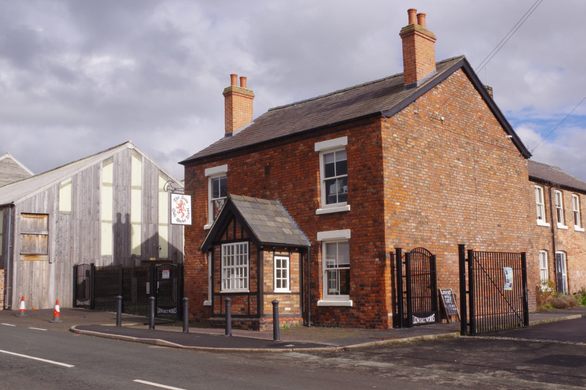
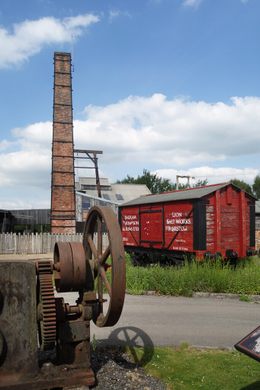



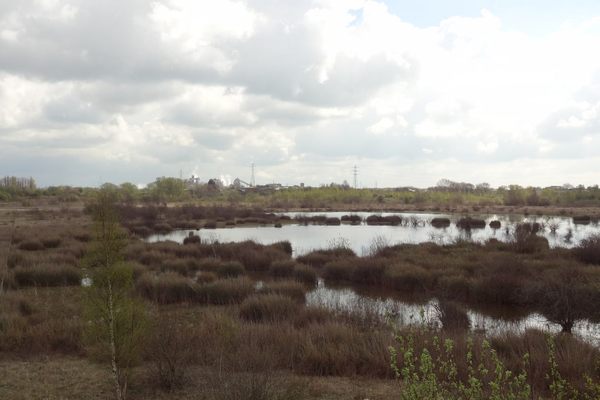
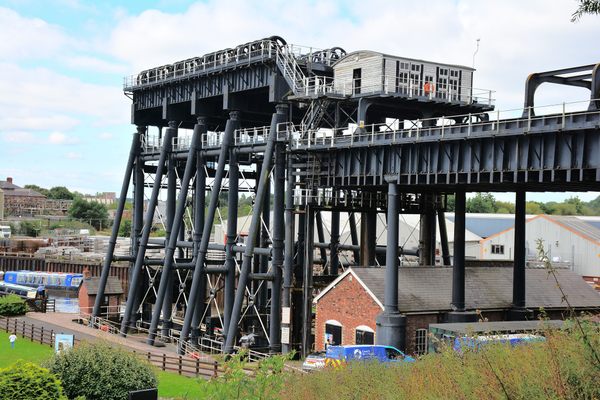

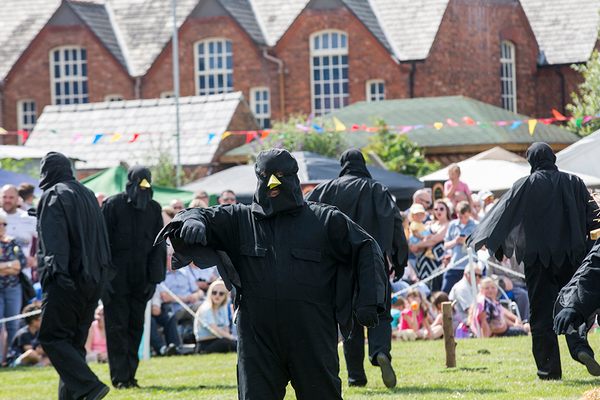


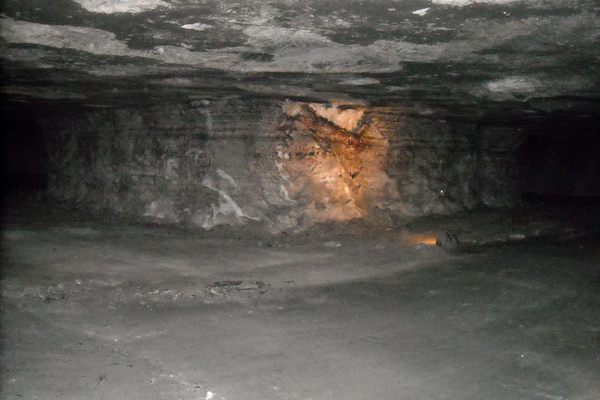
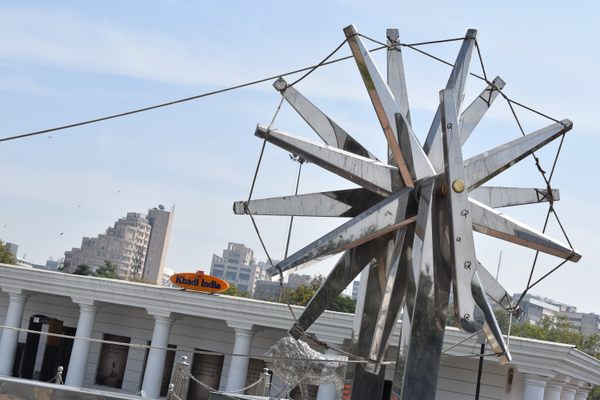

Follow us on Twitter to get the latest on the world's hidden wonders.
Like us on Facebook to get the latest on the world's hidden wonders.
Follow us on Twitter Like us on Facebook